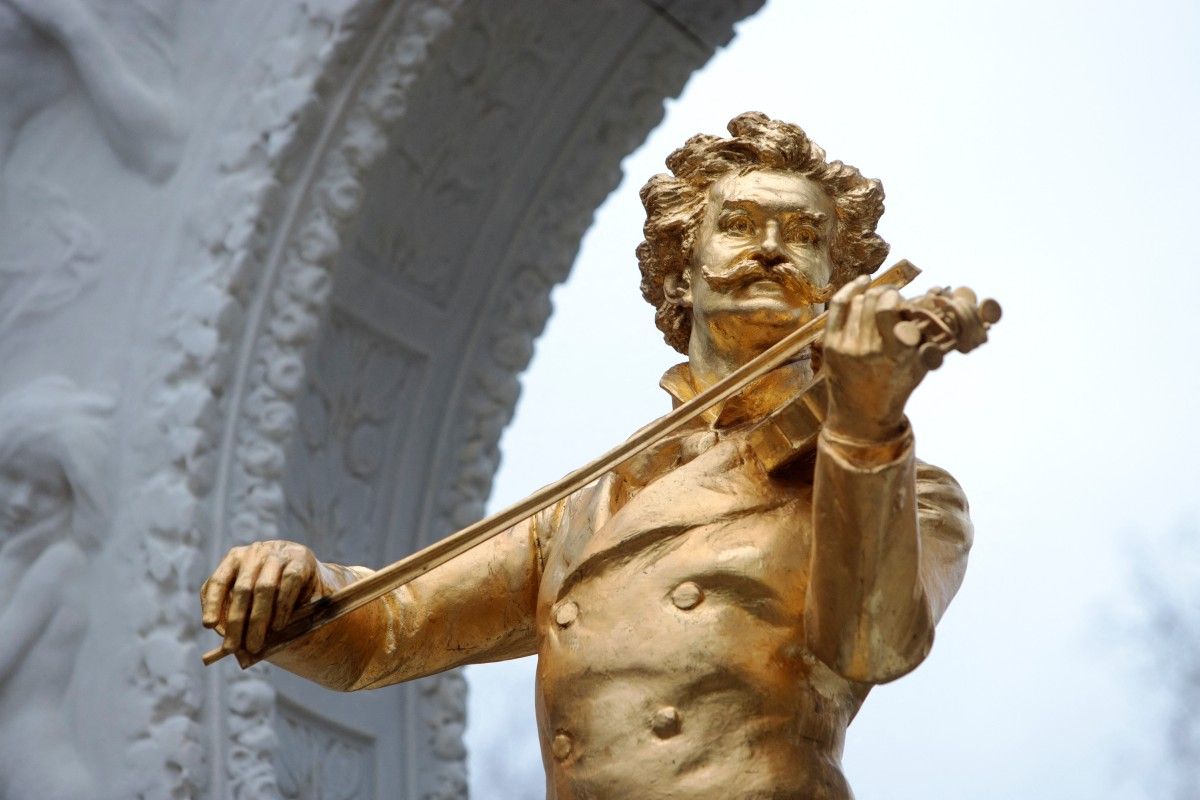
Two hundred years on, Johann Strauss II’s waltzes still hold their charm. His music, with its irresistible rhythm, continues to stir emotions and fill the air with energy.
Even two centuries after the birth of Johann Strauss II, Austria's renowned "waltz king," his music continues to captivate audiences around the world. Strauss, widely celebrated during his lifetime as a cultural icon akin to a modern pop star, is best remembered for his iconic waltz The Blue Danube, which has become synonymous with Austria and is often considered the country’s unofficial national anthem. His extensive catalog of over 500 dance pieces continues to play a vital role in Vienna's vibrant ball season, maintaining his enduring popularity.
According to Eduard Strauss, the composer’s great-grand-nephew, Strauss’s timeless appeal stems from his ability to create music that resonated with people of all walks of life. “He simply created music that touches everyone, regardless of their background,” Eduard told AFP. But his success wasn’t just about the catchy melodies; it also had a lot to do with his pioneering approach to self-promotion. “One could say that he was actually the first pop star in the modern sense,” said Clara Kaufmann, a guide at the Strauss museum, noting that Strauss marketed his image as much as his music.
As part of celebrations marking the bicentenary of his birth, Vienna has hosted a series of special events, exhibitions, and concerts, even featuring an Austrian Airlines airplane emblazoned with Strauss’s portrait. Visitors, like British dentist Helen Foster, are drawn to his enduring legacy, with Foster observing that Strauss’s accessible waltz tunes have “been popular with everyone over the ages.”
Born in Vienna in 1825 into a family steeped in musical tradition, Strauss faced early challenges on his path to success. His father, Johann Strauss Sr., was already a household name, but Strauss II defied his father’s wishes and secretly pursued a career in music, with his mother’s support. After his father abandoned the family, Strauss took the reins of his career, determined to make his mark.
By age 18, Strauss was already competing with his father’s work, refining his waltzes into sophisticated concert pieces. His energetic and spirited compositions provided a reprieve from the hardships faced by citizens of 19th-century Vienna. On stage, he was known for his dynamic performances, conducting with his bow while energetically leaping about.
While the public adored his charming image, Strauss’s personal life was less glamorous. Known as a womanizer, he was, in reality, plagued by insecurities and a deep dependence on his mother. Despite enduring personal struggles, including a nervous breakdown due to overwork, Strauss’s dedication to music never wavered. He continued to compose prolifically, producing notable works like The Blue Danube, which remains a highlight of the Vienna New Year’s concert each year.
In addition to his success as a composer, Strauss embarked on European tours, performing for Russian nobility and headlining the 1872 World’s Peace Jubilee in Boston. Though initially challenged by operetta composition, he later succeeded with productions like Die Fledermaus. According to musicologist Thomas Aigner, Strauss’s legacy endures in dance halls and in concert halls as well, marking his unique contribution to music history.
With AFP



Comments